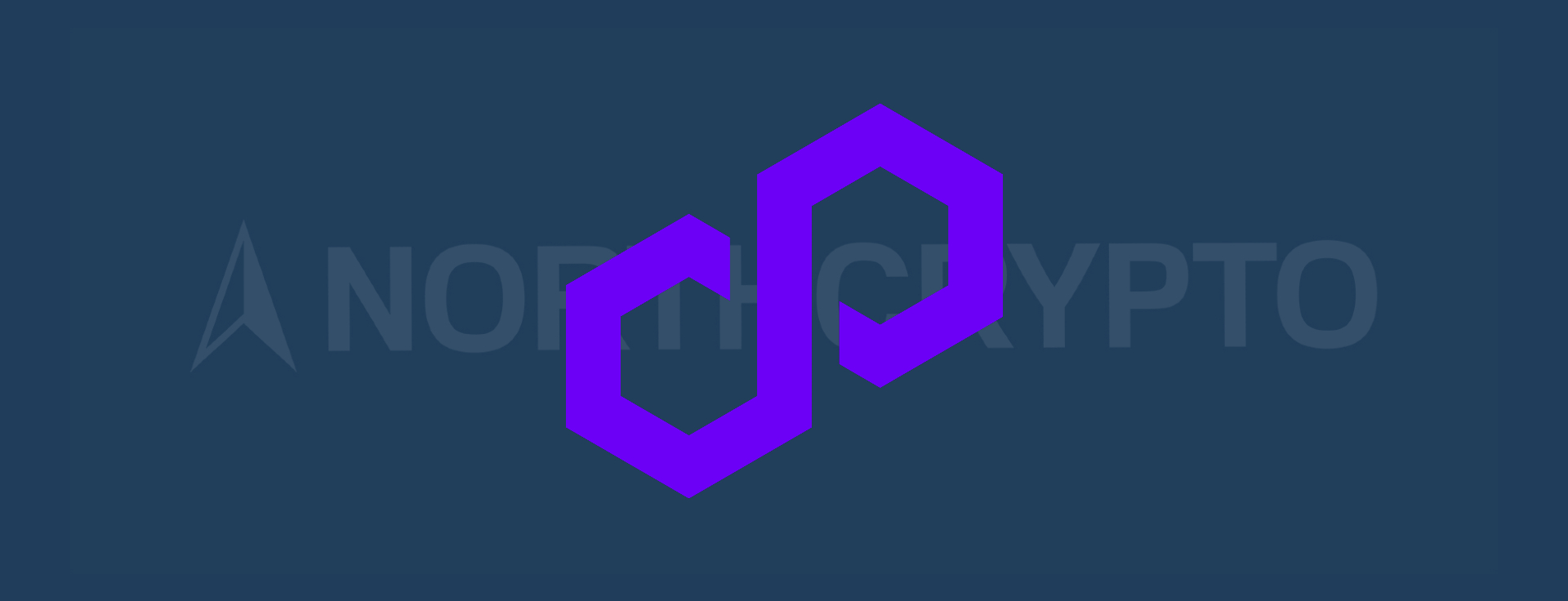
When talking about scalability solutions, Ethereum's scalability solutions often come to the forefront, whose number and popularity have significantly increased in recent years. Also, the scalability solutions of the largest cryptocurrency in the market, Bitcoin, have increased and developed significantly in recent years. Bitcoin's security and operational history are the best in cryptocurrencies, which is why many cryptocurrency experts believe in significant growth in the popularity of Bitcoin scalability solutions in the future.
History of Bitcoin Scalability
Scalability refers to the ability of a blockchain to handle growing transaction volumes while maintaining reasonable transaction processing times and costs. Bitcoin's scalability has been attempted to be improved in various ways throughout Bitcoin's history. Among the most significant events in Bitcoin's history are the heated debates over increasing Bitcoin's block size during 2017-2018. A larger block size would allow for greater transaction capacity. However, a larger block size would impose higher requirements on the nodes maintaining Bitcoin, which would likely reduce the number of nodes as costs would become too high for many individuals.
The problem described above is a good practical example of the blockchain trilemma, which you can read more about in a blog post discussing the topic. In summary, the main idea of the blockchain trilemma is that by using so-called simple methods, a blockchain cannot be decentralized, secure, and scalable at the same time. In practice, this means that the blockchain must sacrifice one of these three characteristics to achieve the other two.
Increasing the block size sparked significant disagreements within the Bitcoin community during 2017-2018, resulting in the creation of two larger block size hard forks of Bitcoin: Bitcoin Cash and Bitcoin SV. The popularity and price development of these cryptocurrencies have clearly lagged behind Bitcoin. For example, in the second half of 2020, both cryptocurrencies were still among the top 10 largest cryptocurrencies by market capitalization, while by the beginning of 2024, Bitcoin Cash had dropped out of the top 15 largest cryptocurrencies and Bitcoin SV out of the top 70.
Since the decision was made to keep Bitcoin's block size the same, Bitcoin's scalability has been improved through scalability solutions built on top and side of Bitcoin. The purpose of Bitcoin scalability solutions is to offer faster and cheaper transactions for Bitcoin and to enable solutions such as smart contracts, which are not inherently possible on Bitcoin's blockchain. Next, we'll discuss four promising Bitcoin scalability solutions, which are quite different from each other.
Lightning Network
The Lightning Network is a layer 2 scalability solution built on top of Bitcoin, which originated with the release of a whitepaper in 2015. The Lightning Network can be considered the most widely known Bitcoin scalability solution. While many other Bitcoin scalability solutions aim to enable the operation of decentralized applications familiar from smart contract platforms, the main purpose of the Lightning Network can be considered to offer fast and inexpensive transactions.
Next, let's go through how the Lightning Network works. In the Bitcoin blockchain, a new block appears approximately every ten minutes on average, resulting in relatively slow transactions. In the Lightning Network, transactions are practically completed in seconds. Transactions conducted on the Lightning Network are confirmed almost immediately within the Lightning Network, but transactions are batched into the Bitcoin blockchain. In practice, almost instantaneous and feeless transactions are enabled through peer-to-peer channels. Bitcoin serves as the native currency of the Lightning Network, used, for example, to pay for network transaction fees.
Stacks
Stacks, previously known as Blockstack, is a layer 2 scalability solution built on top of Bitcoin, the roots of which date back to 2013. Stacks enables smart contracts, NFTs, and decentralized applications on top of Bitcoin. As a scalability solution, Stacks utilizes the Proof of Transfer (PoX) consensus algorithm. In PoX, Stacks uses bitcoin to secure its blockchain. In practice, this means that those who stake Stacks' STX token transfer bitcoin to other users, hence the name of the consensus algorithm. Stacks received perhaps its most significant update in history just before Bitcoin's April 2024 block reward halving. With the Nakamoto update, Stacks' block time was significantly decreased, and reversing Stacks' transactions became as impossible as reversing Bitcoin transactions.
Stacks does not use bitcoin directly; instead, it uses its own version of bitcoin called sBTC. sBTC is pegged to bitcoin in a decentralized and trustless manner through smart contracts, eliminating the need for users to trust any third party in this process. Additionally, Stacks has its own STX token, which is used for processing transactions, implementing smart contracts, and creating new cryptocurrencies, among other things.
Liquid Network
The Liquid Network is a scalability solution released by blockchain technology company Blockstream in 2018, which operates alongside Bitcoin and is therefore referred to as a sidechain. The main operator for the operation of the Liquid Network is the Liquid Federation, consisting of leading cryptocurrency exchanges, wallet service providers, payment processors, financial institutions, and other companies focusing on Bitcoin. The Liquid Federation is responsible for maintaining the network, with these entities creating blocks every minute. One of Liquid's most significant features is transaction confidentiality, which hides the currencies and amounts used in transactions from third parties. Another significant feature is the straightforward and easy creation of new assets.
In Liquid, bitcoin is not used directly; instead, the Liquid Network has its own Liquid Bitcoin (L-BTC), which is used, among other things, to pay for network transaction fees. Each L-BTC is backed by bitcoin locked in the Bitcoin blockchain, so L-BTC is created and burned, i.e., removed from circulation, according to the amount of bitcoin locked in the Bitcoin network for Liquid.
Rootstock
Rootstock is a sidechain scalability solution introduced in 2015 that operates alongside Bitcoin. Rootstock enables smart contracts, familiar from smart contract platforms, in the Bitcoin ecosystem. In smart contracts, Rootstock utilizes the Ethereum Virtual Machine (EVM) solution. EVM is a virtual machine consisting of thousands of computers responsible for computation in the Ethereum network. Rootstock utilizes merged Proof of Work mining with Bitcoin, allowing miners to mine both cryptocurrencies simultaneously without additional computational power. However, mining in Rootstock differs from Bitcoin mining in that a new block is mined every 30 seconds.
Rootstock does not use bitcoin directly; instead, it has its own RBTC version of Bitcoin. Rootstock uses a method called Powpeg, where bitcoins are locked in the Bitcoin blockchain, after which an equivalent amount of RBTC is made available in Rootstock. This method maintains a 1:1 relationship between RBTC and bitcoin, enabling secure value transfer between Bitcoin and Rootstock.
Summary
This text discussed the history of Bitcoin scalability and four promising Bitcoin scalability solutions. These scalability solutions are the subject of ongoing development, and new and innovative scalability solutions have been appearing in the market at an accelerating pace. Therefore, it is likely that multiple different scalability solutions will be used concurrently in the future. The popularity of Bitcoin scalability solutions is currently relatively far from the popularity of Ethereum scalability solutions, so it will be interesting to see whether Bitcoin scalability solutions will increase their share in the scalability solutions market in the near future.
Ville Viitaharju
Cryptocurrency specialist
Last updated: 19.04.2024 15:30




